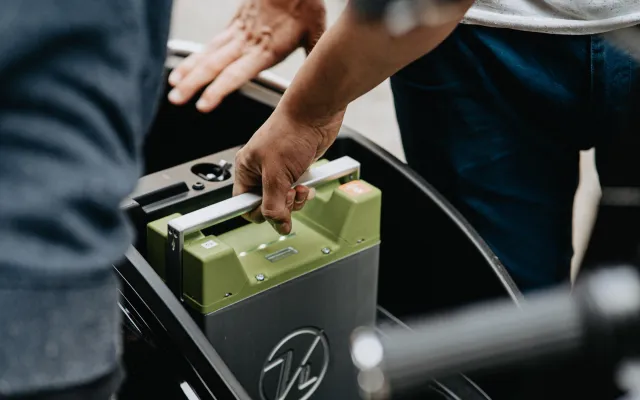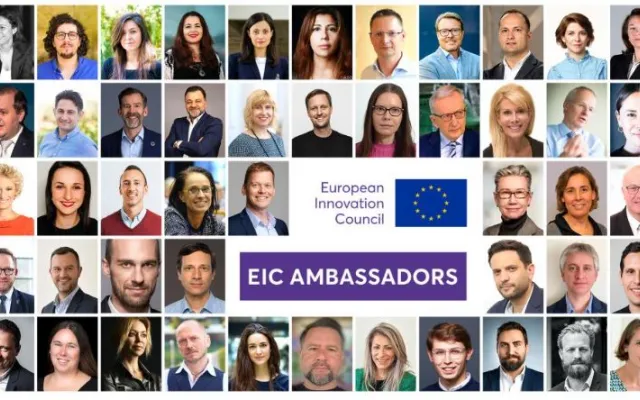- Tipo NewsINFORMAZIONE
- FonteVarie - UE
- Del
Sulla base della valutazione delle proposte ricevute finora nell'ambito dello Strumento per le PMI di Horizon 2020, l'EASME ha pubblicato alcuni suggerimenti per una buona riuscita delle proposte progettuali.
Is the SME Instrument really for you?
Before you take a strategic decision to apply, look carefully at the objectives of the work programme and assess if your project is in line with them. In a nutshell, you need a disruptive innovation, a clear ambition to grow at EU level, a demonstrated knowledge of your target market and a convincing commercialisation plan. It is crucial that you are ready to convince on each and every one of these aspects.
You should also seek advice from National Contact Points, your local branch of the Enterprise Europe Network or other structures, such as incubators. Before meeting them, prepare a 3 minutes pitch of your project to make sure your ideas are clearly presented. If the SME Instrument is not for you, they will direct you towards other funding available at European, national or regional levels.
Write to convince evaluators to invest in your business
4 evaluators will look at different aspects of your proposal: the technology, market knowledge, commercialisation plan, and the financial angle. Each of the evaluators will look at 3 criteria: impact, excellence, and implementation. Make sure your proposal is well balanced and covers all the aspects for each evaluation criteria:
Impact: you need to demonstrate that your project will generate revenues and create jobs. Explain the market conditions and the evolution of the competition. Provide concrete and realistic figures on the market size, the market share, the sales price. Show at least 3 years of projection of sales volume, turnover and number of jobs created. Do not forget to describe your commercialisation plan. A key aspect to remember is that you have to demonstrate that your project has a European or international dimension. If it’s targeted only at a national market, it won’t be supported by the SME Instrument. The protection of intellectual property is also very important and must be explained.
Excellence: you need to convince the evaluators that your innovation is excellent, that your product, process or service is disruptive, that it has the potential to change the dynamic of the market and possibly to address a societal challenge. Show the added value of your idea and explain why it is viable and better than existing solutions. While it's important to describe the opportunities, you must also demonstrate that you understand the risks.
Implementation: you need to convince the evaluators that you can make it. Don't forget that, as well as describing technical competence, you'll also need to provide information on commercial competence. Evaluators will assess the credibility of your team and of your work plan. Make sure you clearly describe how you will organise your team and, if you intend to use external partners to bring competences that you don't have in your company, explain what they will do and what they will bring. Planning is important as well: your project should fit into a realistic time frame.
Form also matters
Take time to think about a catchy title and to craft an attractive abstract. These two elements are very important as they will be the first impression the evaluators will get from your project. You have 10 pages to present your plan, use all of them (yes you can delete the hints that are inserted in the template!). Bear in mind that form matters, take the time to review and polish the language. Do not hesitate to ask your colleagues and relatives to read and comment on your proposal.
We hope that these tips will help you to prepare an excellent proposal and that you will soon join the European innovation champions league! If you have questions or remarks you can use the comments module below or get in touch with us via Twitter @H2020SME.











